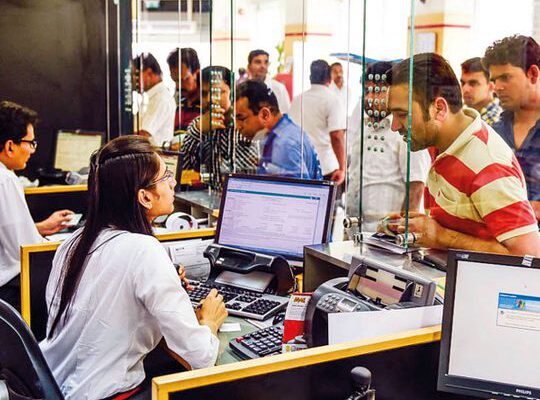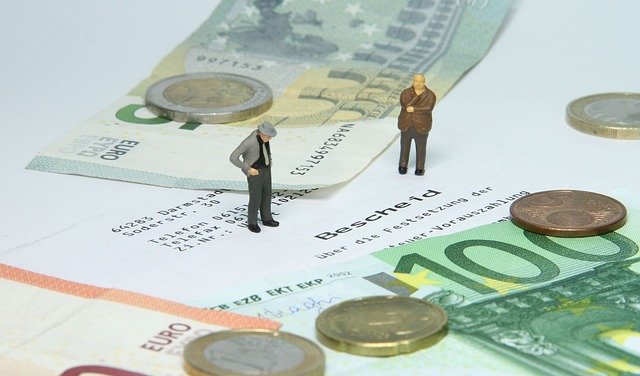Is it the Time to Remit? How Indian, Pakistani currencies will fare in 2021

Both currencies will will gain in the first half of 2021, but lose in the second, say industry executives.
Indian and Pakistani currencies will witness a “seesaw trade” next year, strengthening in the first-half but likely to weaken in the later part of 2021, industry executives have said. They noted that remittances from the UAE are expected to stay strong next year.
Rajiv Raipancholia, CEO of Orient Exchange, said the US dollar is expected to weaken against major currencies, including the Indian rupee. Foreign institutional investor flows are also expected to increase, boosting India’s foreign exchange reserves.
Since the dirham is pegged to the dollar, any movement in greenback directly reflects in the UAE currency. Pakistani rupee was trading at 43.58 and Indian currency at 20.04 on Saturday.
“The Indian rupee can gradually appreciate to 72 against the dollar (19.60 against dirham) in 2021. Initially in the first few months, Pakistani rupee can also appreciate against greenback to 157 levels (42.75 against dirham) but in the second half of 2021, it can fall to 165 levels against the dollar (45.04 against dirham),” Raipancholia said.
He predicted that the Indian currency will trade in the range of 20.25 to 19.50 and the Pakistani rupee between 42.75 to 44.95 against the dirham in 2021.
LuLu International Exchange sees the Indian rupee trading between 19.49 and 20.66 versus the UAE currency, and Pakistani currency between 41.93 to 45.62 next year.
Rashed A. Al Ansari, CEO of Al Ansari Exchange, said there were no significant fluctuations in both the Indian and Pakistani currencies against the dirham in 2020, when compared to other major currencies such as euro and pound.
“We expect to see the same trend continue in 2021 with no substantial change in their performance; on the condition that there are no major global developments with socio-economic repercussions next year, which typically influence currency fluctuations,” he added.
Remittances on the rise
Al Ansari said despite a drop in remittances earlier this year due to Covid-triggered lockdowns, the UAE still outperformed the World Bank’s initial prediction of a 20 per cent decrease in remittance level this year by registering only a 10.3 per cent drop. The World Bank later adjusted its projection to seven per cent drop for 2020.
“We witnessed steady recovery starting from May, thanks to the UAE’s prompt and effective actions to contain Covid-19, putting the wheels of the economy back in motion quicker than initially expected. We anticipate finishing the year significantly better amid expectations that the performance will improve by the end of this year. We are, however, confident that this strong performance will continue in 2021,” added Al Ansari.
He said easing of restrictions on the movement of the people, rollout of the vaccine, growing economic activities and Dubai Expo 2020 are expected to further drive the remittances sector with foreign investment and capital flows into the local market.
In the initial months of the pandemic, according to Rajiv Raipancholia, there was a 40 per cent drop in the remittance volumes. “In the last two-three months, we are witnessing an increase in remittances.”
LuLu International Exchange said in a statement that contrary to global trends, the Pakistan corridor was quite resilient in 2020.
“We undertook several initiatives to build upon our existing services to this corridor. We are hopeful of a robust outlook for 2021, although conditions are rapidly changing, and there will be several challenges even to maintain the present business volume.
“The UAE has weathered the storm relatively well, although with several companies facing a tough situation, there might be job losses which could affect remittance volumes,” it said.















Covid-19 UAE: 10-Day Quarantine Mandatory in Dubai for Close Contacts
Export Shipping Documents Checklist to complete your First Trade